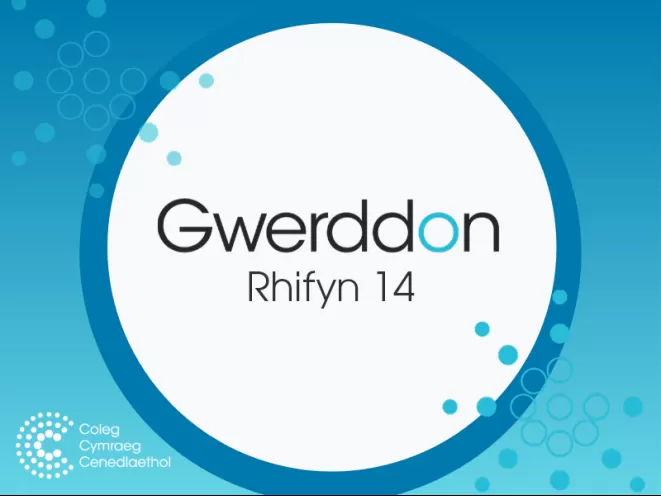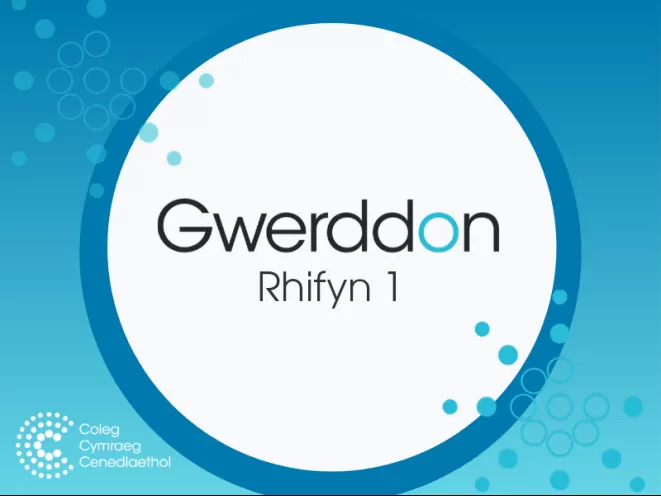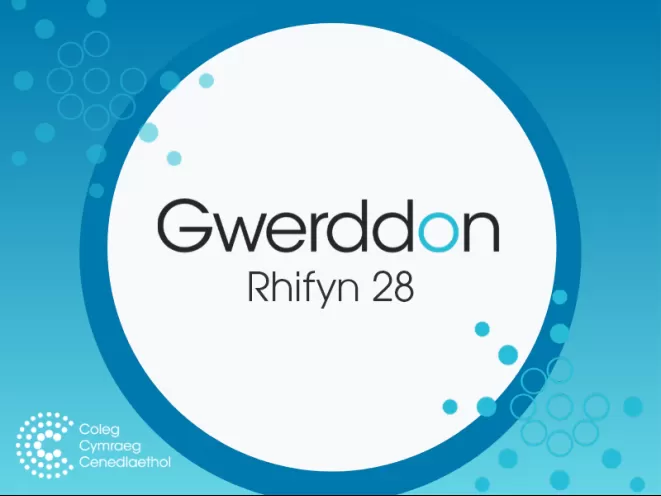Mae’r llawlyfr hwn yn esbonio beth yw technolegau iaith ac yn ddisgrifio rhai o’r cydrannau mwyaf sylweddol yn ogystal â cheisio egluro’r dulliau a ddefnyddir i'w gwireddu. Mae wedi’i fwriadu ar gyfer myfyrwyr, datblygwyr, academyddion, swyddogion polisi, ac eraill sydd heb gefndir yn y maes ond sydd eisiau deall mwy am feysydd pwysig prosesu iaith naturiol, deallusrwydd artiffisial, technoleg cyfieithu a thechnoleg lleferydd. Mae'r llawlyfr hefyd ar gael ar wefan Porth Technolegau Iaith Cenedlaethol Cymru. Ysgrifennwyd gan swyddogion o Uned Technolegau Iaith, Prifysgol Bangor, a Cymen Cyf gyda chymorth grant bach gan y Coleg Cymraeg Cenedlaethol.
Llawlyfr Technolegau Iaith
Linguistic variation amongst Welsh speakers in Treorchy at the end of the seventies
This paper attempts to account for the linguistic variation amongst the Welsh speakers of the Treorci area of the Rhondda Fawr valley at the end of the 1970s. This is done by using and adapting sociolinguistic techniques developed by pioneers in the field, in particular William Labov. The paper begins with a classical phonological description of the Welsh used by the native speakers recorded. It then goes on to explore the relationship between the ‘free’ variation recorded in informants’ speech, through the concept of the linguistic variable and the social network. A detailed analysis of the data is given – both quantitative and qualitative – which adds to our knowledge of Welsh dialects, and also helps us to understand how social factors influence the choice of language by individual speakers.
The effects of language frequency on adults knowledge of the Welsh plural system
The aim of this study was to investigate the role of quality and quantity of linguistic input (i.e. to what extent are individuals exposed to a language from different sources during their lives) on Welsh-English bilingual adults’ acquisition of the Welsh plural system. Previous research found differences between bilingual children from different language backgrounds. While it is possible to reduce the difference with an increase in exposure to the language, however, when the structures are complex how quickly (if at all) can any difference be reduced, especially when the system is used inconsistently across adults. However, to what extent these differences reduce is unclear, as no research has been conducted on individuals over age 11. The aim of the study was to assess Welsh-English bilingual adults’ abilities to create plural words in Welsh, in order to trace the extent the differences seen between children have reduced over time.
The translation procedures of the Translation Centre for the bodies of the EU and their relevance to Wales
This article discusses translation procedures and technology used in the Translation Centre for the Bodies of the European Union (Centre de Traduction, CDT). The relevance of the workflows and technology will then be briefly discussed in the context of English-Welsh-English translation in Wales, with specific reference to the Welsh Government Translation Service.
(The nature of language acquisition processes in children: Marking grammatical gender in Welsh)
Research on the acquisition of grammatical gender has shown that in many languages children gain an early command of gender. Often in these languages gender marking is quite overt and provides a clear one-to-one correspondence between a marker and the gender encoded. In Welsh, however, gender marking is more complex. It is marked by mutations, a set of morpho-phonological changes that affect the initial consonants of words, and the mapping between mutation and gender is quite opaque. Two mutation types are used to mark feminine gender: both feminine nouns modified by the definite article and adjectives following feminine nouns undergo soft mutation, and the feminine gender of the possessive adjective ‘ei’ is marked by aspirate mutation of the modified noun. This paper presents two studies that examine children’s and adults’ productive command of gender as expressed in the mutation of nouns modified by the definite article, and adjectives modifying nouns. Children, between the ages of 4½ and 9 years old, and adults were invited to take part in the studies. First, a semi-naturalistic study was conducted to obtain knowledge about speakers’ usage of gender marking. A Cloze procedure was then used to elicit speakers’ production of masculine and feminine forms, with both real words and nonsense forms, in a variety of linguistic contexts. Some of these contexts provided cues to gender status, some did not. The data obtained indicated that the acquisition of the Welsh gender system is a long drawn-out process, and children have not mastered the system even by 9 years of age. Welsh speakers, even in adulthood, pay little or no attention to the possible cues present in the input. Results suggest that when a language has a complex gender system that is marked by opaque morpho-phonological processes the course of development is protracted and variable.
The development of the syntax of numerals in Welsh
The rules determining the forms of nouns and adjectives after numerals and the associated initial-consonant mutations in Middle Welsh are often puzzling to Modern Welsh readers of the language. This article sketches the rules and provides a synchronic account of them. It is shown that they are based on a coherent system where number (singular, dual, numerative, plural) is central. The linguistic changes that have occurred since then are documented in detail and dated using textual evidence. It is argued that these changes can best be understood as steps along a pathway towards a new, equally coherent system where all numeral phrases are treated as singular, and gender rather than number determines both form and mutations.







